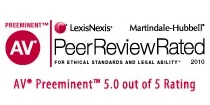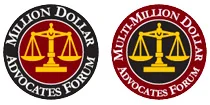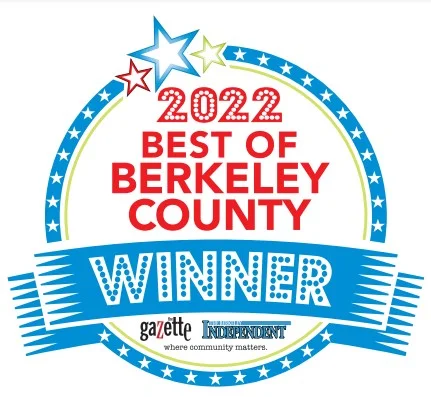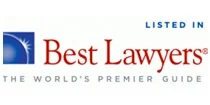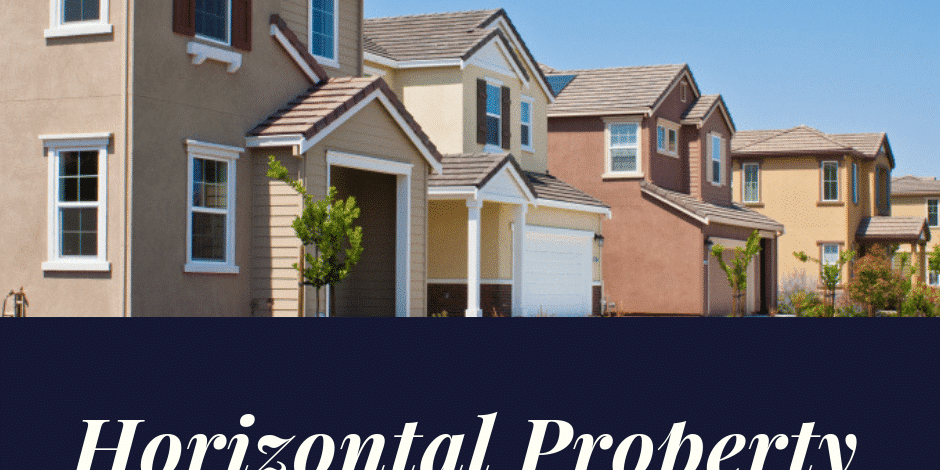
What is a Horizontal Property Regime?
Horizontal property is a condominium or any other property where the owners separately own portions of the property and then together own other portions of the property. A horizontal property regime is any property set up in this way.
A horizontal property regime allows units within one building to be sold and owned separately and owners of those units to own a common right in common areas of the building and property.
The South Carolina Horizontal Property Act defines a “condominium” as the individual ownership of a portion of a building with the right to share with other co-owners the common elements of the property. Common elements are those portions of the property that all of the owners share together and all have a right to use. Limited common elements are common elements that are reserved for the use of the owners of specific units. Each owner’s right to share in the common elements is of a percentage equal to the value of the owner’s unit in relation to the total value of all units
For example, in your typical condominium building, each condominium owner owns the space within their condominium and all of the condominium owners together own the exterior surfaces of the building as common elements. A limited common element may be a balcony that is legally owned by all of the condominium owners as a common element but whose use is restricted to the owners of the condominium the balcony serves.
A horizontal property regime is created by the property owner creating and recording a master deed that sets out the details of the regime. Specifically, prior to selling any of the condominium units, the developer writes a legal document — the master deed — that outlines what is included in each condominium, what is a common element, what is a limited common element, and other details of the ownership, maintenance and governance of the condominium regime.
The unit owners are responsible for the costs of administering, maintaining and repairing the regime in amounts determined according to their percentage right to the common elements. A homeowners association can be incorporated to administer the regime and conduct the maintenance and repairs. Typically, each unit owner has a percentage of the homeowners association’s shares equal to the owner’s percentage rights in the common elements.
A related but different scenario is a residential development where there is no horizontal property regime but there is a homeowners association. There may be limitations on the property and property owned in common in that situation, but the limitations and common ownership would be through restrictive covenants and deeds, not through a horizontal property regime.










